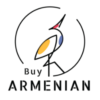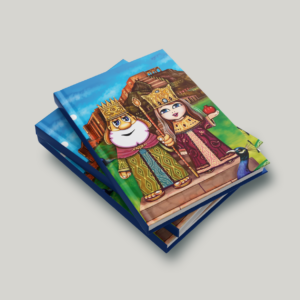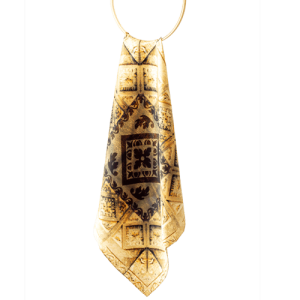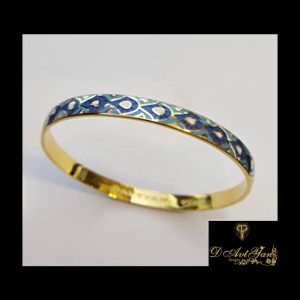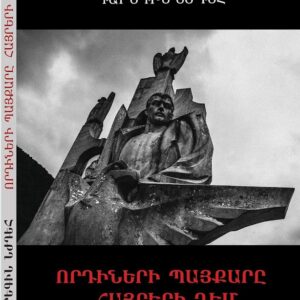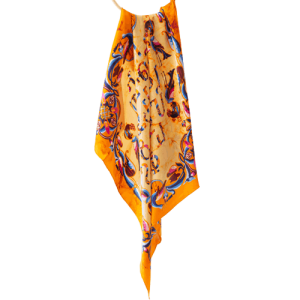-
Fabric Divided Basket – Roll, Muffin & Biscuit Holder
Measurements:
- Flat size: 20 cm (7.8 inches)
- Material: Cotton with fiber lining (fully washable)
$29.00 -
“Urartu Found Dream” Notebook
Diary «Urartu» by Dilakian Brothers
$14.99 Buy 5 to get 10% discount“Urartu Found Dream” Notebook
$14.99 Buy 5 to get 10% discount -
-
Undiscovered Armenia – A Book of Rarely Seen Photographs by Ararat Box
- Our book consists of 12 beautiful chapters, one for each of the provinces within Armenia, including Yerevan and, of course, Artsakh.
- This collection of photographs is a way to uncover the hidden grace of the mountainous land and to transfer the harmony of our sun-kissed home to the paper.
- It is a collaboration with numerous Armenian and foreign photographers who, like us, have decided to stop time with the lenses of their cameras and eternalize the scenery through their eyes.
$54.95$69.95 -
Nougat With Pistachios And Apricot Sheets
Nougat With Pistachios And Apricot Sheets
No preservatives, artificial flavors & coloring agents
Store in a dry, well ventilated area
1 kg is approximately 60 pieces
$36.00 -
“Garni” Silk Scarf
Available 2 sizes: 60 x 60 cm and 90 x 90 cm / 100% Silk
The Temple of Garni is the only standing Greco-Roman colonnaded building in Armenia and the former Soviet Union. Built in the Ionic order, it is located in the village of Garni, in central Armenia. It is the best-known structure and symbol of pre-Christian Armenia.
The structure was probably built by king Tiridates I in the first century AD as a temple to the sun god Mihr. After Armenia’s conversion to Christianity in the early fourth century, it was converted into a royal summer house of Khosrovidukht, the sister of Tiridates III. According to some scholars it was not a temple but a tomb and thus survived the destruction of pagan structures. It collapsed in a 1679 earthquake. Renewed interest in the 19th century led to excavations at the site in early and mid-20th century, and its eventual reconstruction between 1969 and 1975, using the anastylosis method. It is one of the main tourist attractions in Armenia and the central shrine of Hetanism
$47.00 – $79.90 -
Houndstooth Skirt
Introducing our new girls’ houndstooth mini skirt – the perfect choice for any occasion! Its classic black and white design is both traditional and modern, offering a fashionable statement. The waistband and length ensure both a comfortable fit and a chic look.
Processing time: 1 week.
$49.00Houndstooth Skirt
$49.00 -
The book of Garegin Nzhdeh “Sons’ Struggle against Fathers”
📘 Garegin Nzhdeh “Sons’ Struggle against Fathers”, Yerevan, 2020, 104 pages, opening cover.
Size: A5The book is Garegin Nzhdeh’s words addressed to the Armenian youth. The emphasis is on transformation, rehabilitation and improvement. The book talks about school, church, press and other important issues.
$17.00$20.00 -
Armenian Silk Scarf
Material: Silk
Colors: Red
Weight (kg): 0.1 kg + 0.1 kg packing
Packing: has a box and a catalogue
Size (cm): 200 х 45
Product code: SL014$75.00$90.00Armenian Silk Scarf
$75.00$90.00 -
Wool Sweater
Wool sweater Oversized chunky long cardigan for women. Handmade, boho loose weave cardigan, jacket with Italian yarn
$98.00Wool Sweater
$98.00 -
“Armenian Alphabet” Scarf
The Armenian alphabet was created in 405 AD.
One of the greatest marks of the Armenian identity is the Armenian language. The exact origins of the Armenian language, however, are a little bit obscure. Such is the case with many ancient languages. Serious scholarship starting from the 19th century has placed Armenian among the wider family of Indo-European languages, although it forms its own separate branch within that group. So the language does not have any close relatives today, even Indo-European ones, such as Spanish and Portuguese or Russian and Polish might be considered.Armenian is also unique in its writing system. The Armenians use their own alphabet which was, by tradition, created following the studies and meditations of a monk, Mesrop Mashtots, in the early 5th century AD. Christianity had already been accepted as the national religion for a hundred years in Armenia, but the Bible was not yet available in the native language. The tradition goes that the main motivation to come up with a separate Armenian alphabet was in order to translate the Bible in such a way that would be accessible and suitable for the language and the people.
Mesrop Mashtots – who has since been venerated as a saint, as the patron of teaching and learning for Armenians – accomplished the task in the year 405 AD, thus setting the stage for a rich trove of works of religion and history, science and philosophy, illuminated manuscripts, and published books in the millennium and a half that followed, continuing on today. A major road in the capital of Armenia, Yerevan, is named for Mashtots, and one end of it is the apt location for the Matenadaran, the national repository of manuscripts which also functions as a research institute and museum.
$110.00
